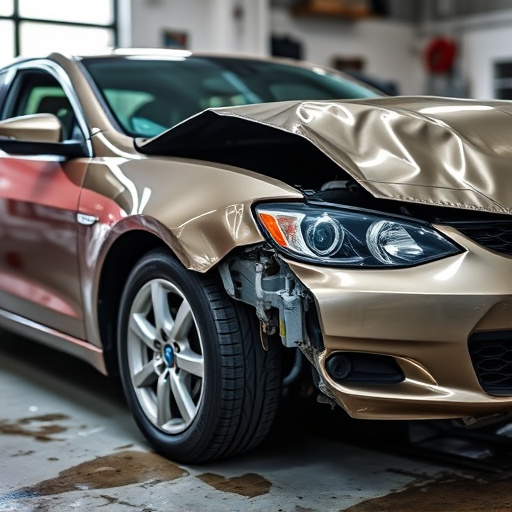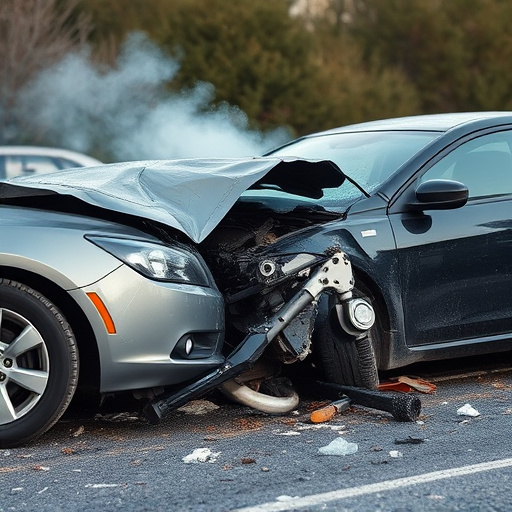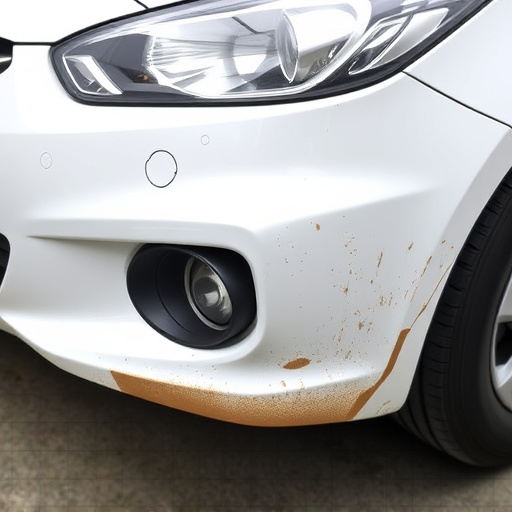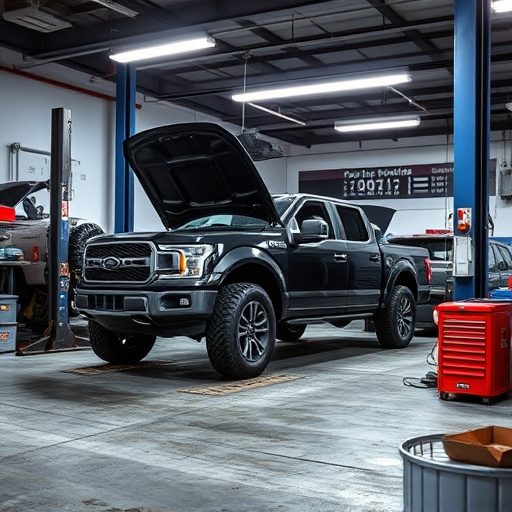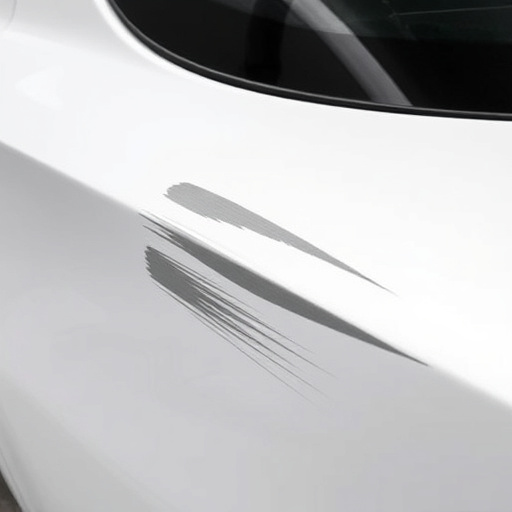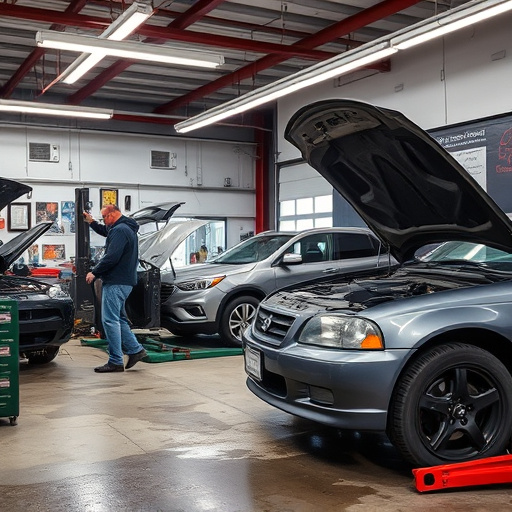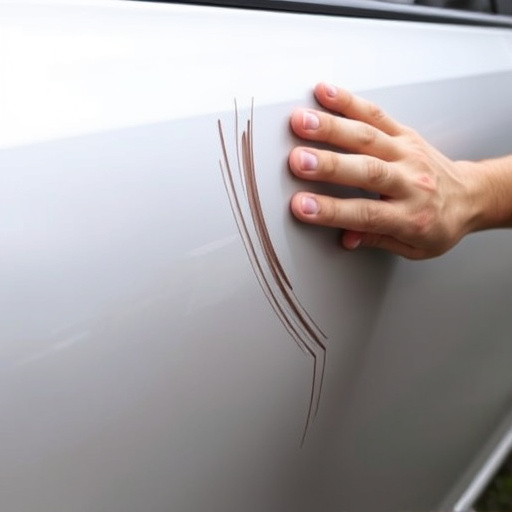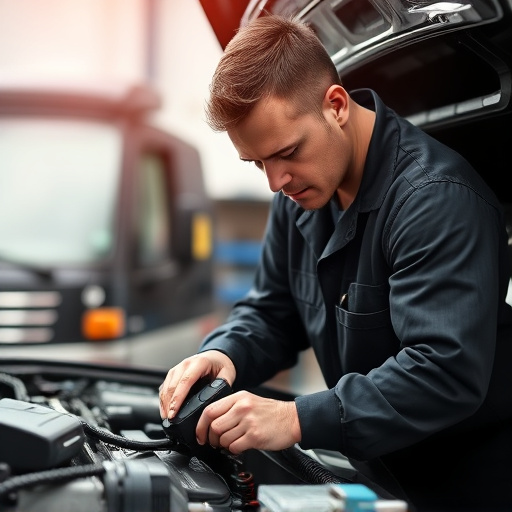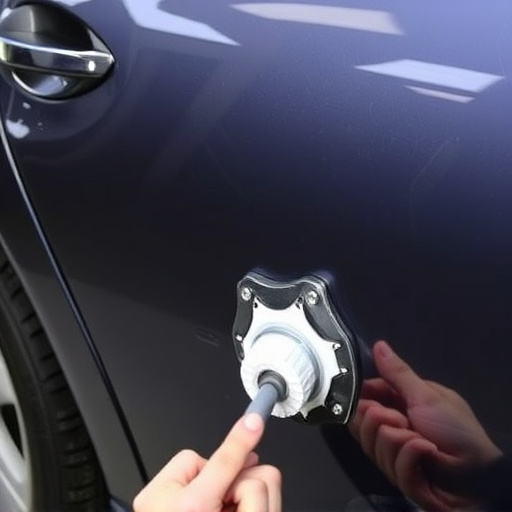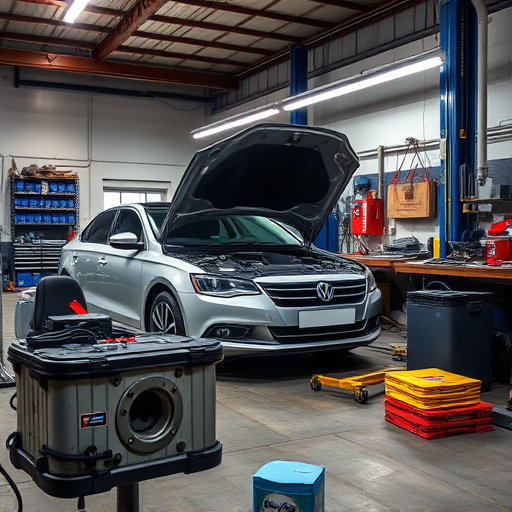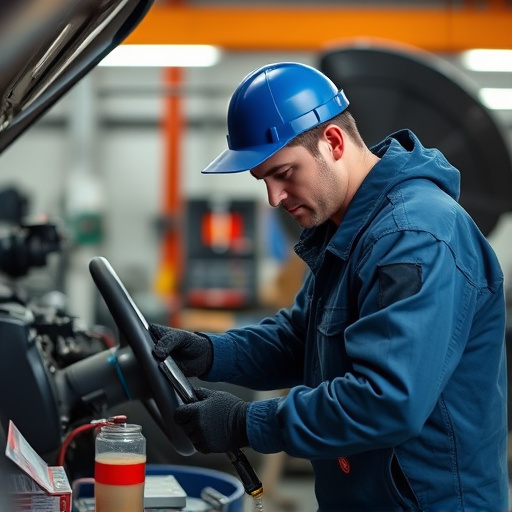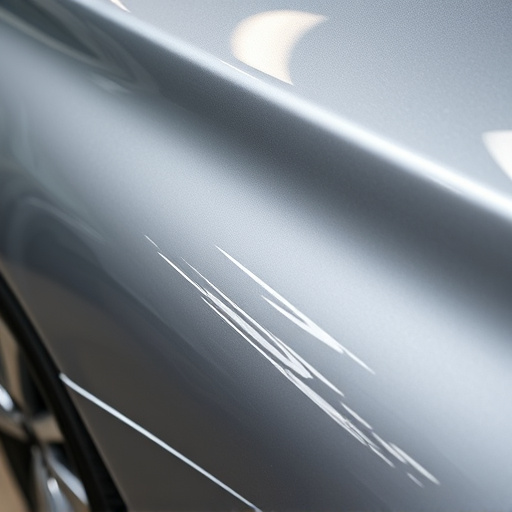Tesla's structural aluminum alloys offer design advantages and improved safety. Repairs require specialized techniques like precision welding and bonding agents to maintain pre-collision performance standards. Skilled technicians follow strict guidelines for damage assessment, removal, cleaning, surface treatment, priming, and advanced repair methods, ensuring structural integrity, safety, and aesthetic harmony in Tesla structural aluminum repair.
Tesla vehicles are renowned for their innovative design and durable materials, with structural aluminum alloys playing a significant role in achieving lightweight strength. However, like any vehicle, these cars require repairs from time to time. This article explores the intricacies of Tesla structural aluminum repair, delving into the unique materials used, the repair process, and the stringent safety standards that ensure both performance and compliance.
- Understanding Tesla's Structural Aluminum Alloys
- The Process of Aluminum Repair for Tesla Vehicles
- Ensuring Safety and Compliance with Industry Standards
Understanding Tesla's Structural Aluminum Alloys
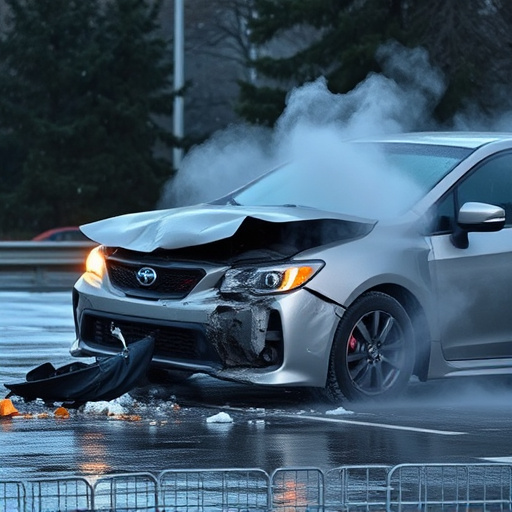
Tesla’s use of structural aluminum alloys in their vehicles is a significant aspect of both their design and safety features. These advanced materials offer a lighter alternative to traditional steel, contributing to improved fuel efficiency and handling dynamics. By employing high-strength aluminum alloys, Tesla ensures that their cars maintain exceptional rigidity and stability even in the event of a collision, enhancing overall passenger safety.
Understanding the unique properties of Tesla’s structural aluminum is crucial for effective repairs. Unlike conventional metal repair processes, Tesla specific methods are often required for these advanced materials. Specialized techniques, such as precision welding and specialized bonding agents, are essential to maintain the integrity and performance of the aluminum structure. This ensures that a vehicle, post-repair, functions just as it did before, providing the same level of safety and driving pleasure—a standard comparable even to luxury brands like Mercedes-Benz collision repair experts would appreciate.
The Process of Aluminum Repair for Tesla Vehicles

The process of repairing a Tesla’s structural aluminum body involves several meticulous steps to ensure both structural integrity and aesthetic precision. It begins with an extensive assessment of the damage, identifying any cracks, dents, or deformities in the aluminum panel. Skilled technicians use specialized tools to remove damaged components, cleaning the affected areas thoroughly before preparing them for repair. This preparation includes surface treatment and priming to create a strong bond between the original material and the replacement parts.
Aluminum repair for Tesla vehicles often employs advanced techniques such as welding, bonding, and mechanical fastening. Welding is carefully executed to minimize heat-induced damage to the surrounding metal, while high-quality adhesives specifically designed for aluminum ensure a robust connection. Once the repairs are complete, a final inspection is conducted to verify precision and alignment, followed by a meticulous finish to match the car’s original aesthetic, enhancing its overall appeal and safety standards after a car collision repair or necessary car body restoration.
Ensuring Safety and Compliance with Industry Standards
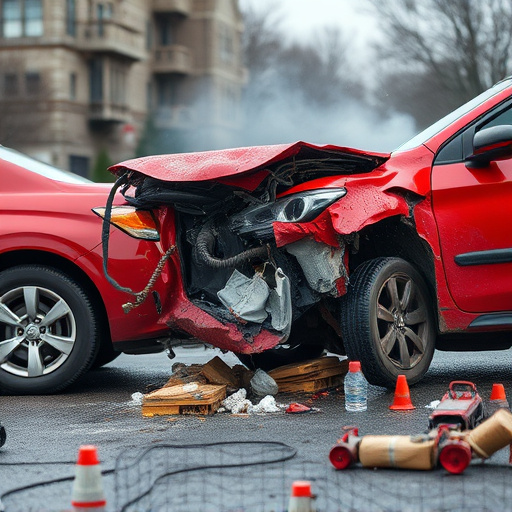
When it comes to Tesla structural aluminum repair, ensuring safety and compliance with industry standards is paramount. Aluminum is a lightweight yet strong material that requires specialized techniques and knowledge for effective repairs. Skilled technicians use advanced tools and methods to accurately replace or fix damaged components while maintaining the vehicle’s structural integrity. This meticulous process involves frame straightening, precise measurements, and careful alignment to meet the exacting specifications set by Tesla and the automotive industry at large.
Complying with safety standards is crucial for not only the repair process but also the overall performance of the vehicle post-repair. Industry standards dictate specific guidelines for materials, equipment, and procedures used in auto body repairs, including vehicle paint repair. By adhering to these standards, Tesla structural aluminum repair shops can guarantee that every repair meets or exceeds industry benchmarks, ensuring both safety and aesthetic satisfaction for Tesla owners.
Tesla’s adoption of structural aluminum alloys in their vehicles has set a new standard for automotive innovation. The efficient repair process, combined with strict adherence to safety standards, ensures that these lightweight materials can be effectively mended without compromising integrity or performance. When it comes to Tesla structural aluminum repair, understanding the material, following specialized repair methods, and meeting industry compliance are key to maintaining the vehicle’s safety and reliability.


